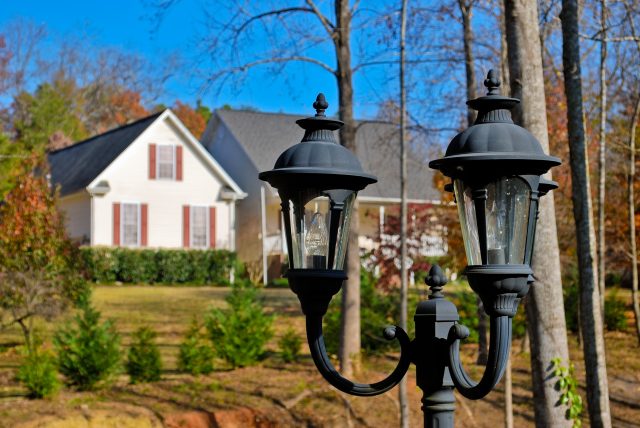Green homes are becoming a really big deal these days. Whether that means that an older home is being retrofitted with energy-saving equipment or a brand spanking new one is growing up green, it is apparently much easier to be green than we’ve been led to believe.
The Numbers Are Coming In on Green Homes
A long-term study of homes in the Austin-Round Rock, Texas, area found that homes built between 2008 and 2016 got a significant value boost from their efforts. Homes that held the gold standard Leadership in Energy and Environmental Design (LEED) certification were worth, on average, eight percent more than traditionally built homes.
That might not sound like a lot, but when you consider the average new home in that market sells for $311,000, and eight percent of that is $24,888, it’s kind of a big deal. Even homes built to a more generic “green” standard saw a six percent price boost. That’s a lot of green for being green.
Elements of a LEED-Certified Green Home
So great, green houses are worth a lot more than their counterparts. What does it even mean to be “green?” This is a great question that has been asked again and again. Green homes are more than skin-deep. When you’re talking about new construction, these are homes that were designed from the ground up to be the least disruptive to the environment and very energy efficient.
These six items are necessities for any green housing certification:
* Site planning and development. Although we don’t really consider it much, we’re major disruptions to native plant and animal life, what with all of our house-building and whatnot. Site planning starts with a site that’s not located near protected spaces like wetlands. Then the house is placed on the plan with an orientation such that it can take maximum advantage of green technology like solar panels and wind turbines.
* Material origin and longevity. Your green home is made of materials that were each carefully considered and chosen for a particular reason (and not because they were the cheapest!). Factors that are taken into account include the manufacturing process, distance to transport the materials and even what the material is made of. The goal is to increase durability so you don’t have to replace anything soon and reduce overall resource consumption.
* Smart water use. Not only are green buildings designed to waste as little water as possible, with low-flow faucets, shower heads and toilets, they should even be built to help prevent runoff. Gray water is often rerouted to landscape and rainwater is collected and either sent into the ground through a trench, pit or well to prevent erosion around the house or it’s used to water landscape.
* A high level of energy efficiency. Each and every item in a green home is meant to keep the entire system as efficient as possible. This means high R-rated insulation, highly efficient HVAC systems, low energy use light bulbs and even those solar panels or wind turbines that were taken into consideration in the site plan.
* Excellent indoor air quality. Hey, it’s not all about saving money, green homes are also homes that are easier to live in. When your house vents combusting appliances properly, has minimal off-gassing from Volatile Organic Compounds (VOCs) and plenty of ventilation to purge any fumes that may linger, you can be sure you’re breathing crystal-clear air in a greener home.
* Proper operation and maintenance. When the home is built and sold, the real challenge begins. How a homeowner maintains and runs their equipment has a huge impact on how green their home truly is. By leaving a breadcrumb trail of tools like smart thermostats, water-saving fixtures and highly efficient appliances, a green builder is doing what they can to ensure homeowners stick to the plan.
Even if you own an older home, you can bring it up to LEED standards with a great deal of effort. Adding green elements bit by bit is less of an overwhelming process, which is why so many people are green remodeling these days.
That could mean anything from installing a new HVAC system and vents that better disburse that highly efficient climate control to adding solar panels to help with electricity usage or just working on one conservation effort at a time, like water consumption. It doesn’t have to be an all or nothing situation.
Greening Up My Home Is Too Overwhelming…
It’s ok, that’s why you have your HomeKeepr community! Just search the home pros your Realtor has recommended and you’ll quickly find an expert that can get started turning your home into a lean, green machine. Whether it’s a Jolly Green Giant of a job or a little sprig, you’ll find the green and LEED-certified experts you need inside.







